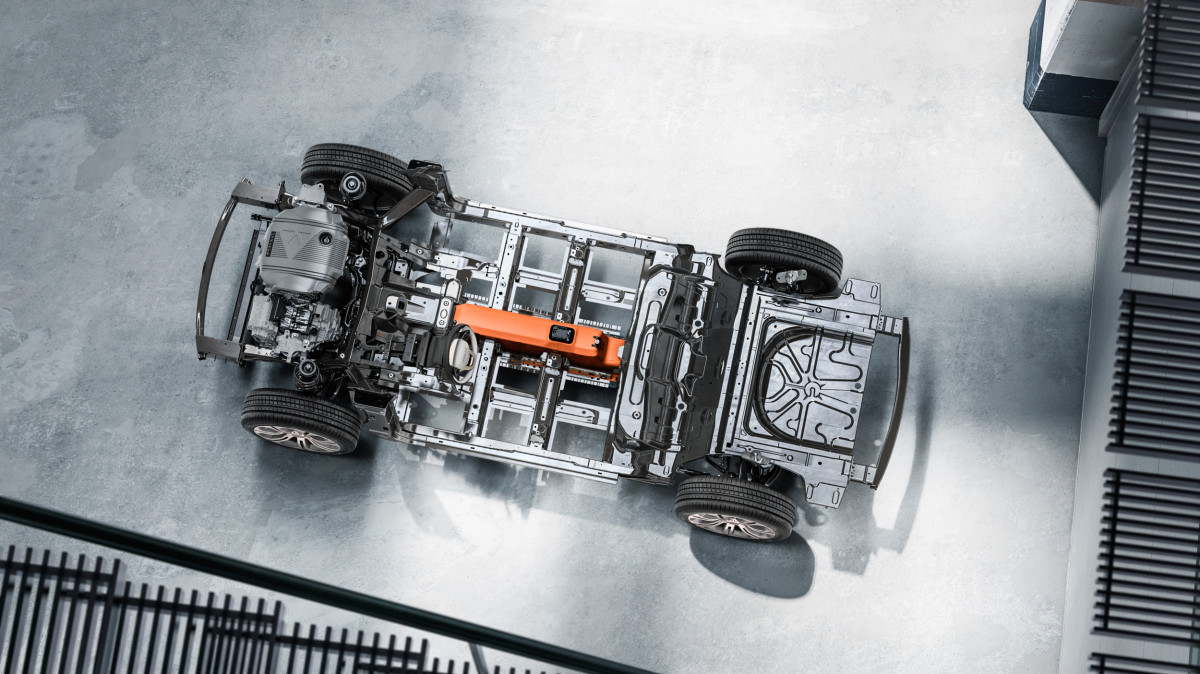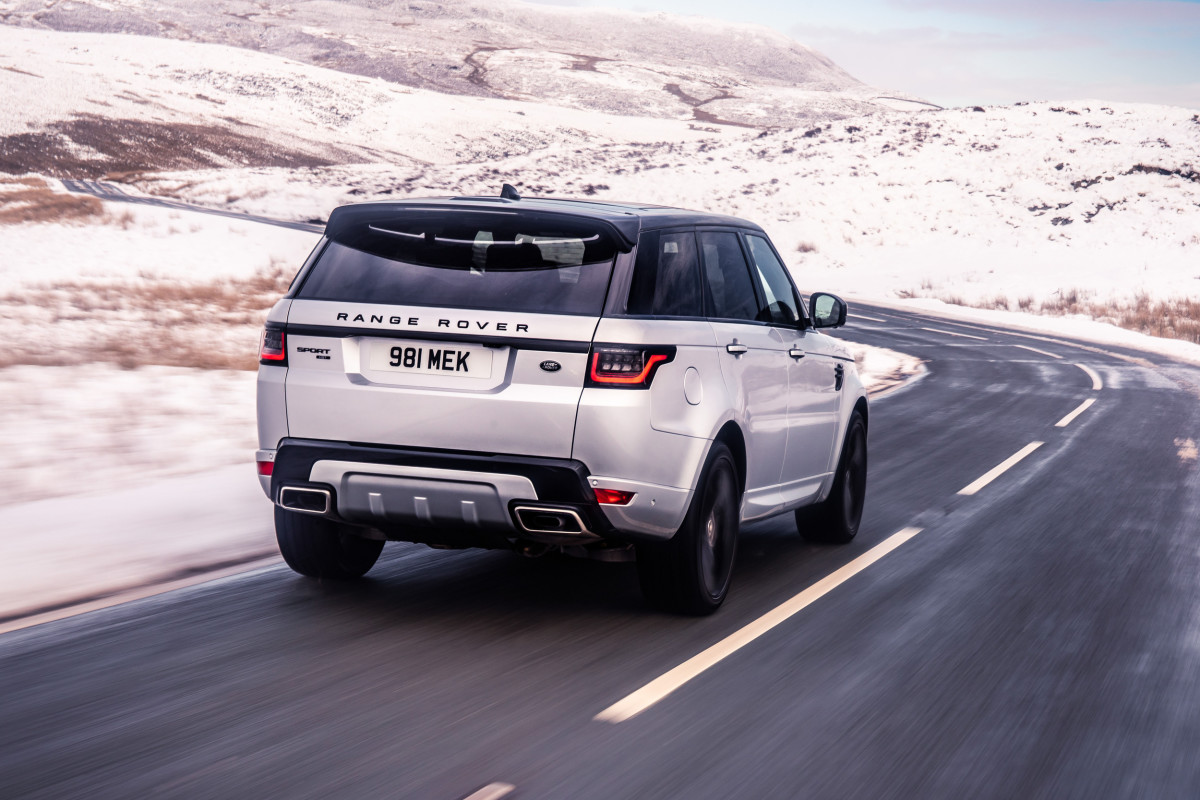Not All Brands Charge the Same
It used to be that the most electrified thing about your car was the static shock you got stepping out in the winter. Now? It’s a different game entirely. Mild hybrids are everywhere in 2025. From German sport sedans to budget crossovers, manufacturers are slapping 48-volt systems onto everything with four wheels and calling it progress. And while that belt-driven boost might give you sharper throttle response or a smug feeling about fuel economy, there’s one thing nobody really talks about: what happens when the battery kicks the bucket?
Lynk &; Co.
Unlike plug-in hybrids (PHEVs) or fully electric vehicles (EVs), mild hybrids don’t rely on their battery packs to drive the wheels. They’re support acts. Smaller batteries, smaller motors, simpler setups. Which, in theory, should mean cheaper repairs. And they do — sort of. As of mid-2025, the average cost of a replacement MHEV battery in the U.S. sits around $1,500, according to research conducted by Jalopnik.
That figure comes from a cross-section of OEM parts prices, and it’s about what you’d pay for a decent laptop, or roughly three months of insurance on a Range Rover you bought during a moment of weakness. But the range is broad. The battery for an Audi RS Q8 will cost you over $2,000, while the one in a BMW M340i clocks in just above $1,200. Mazda’s CX-70 hybrid? $1,980. The Mercedes C-Class? Try $2,116. Even the humble Volvo XC60 sneaks in at $1,159.

Audi
Of course, if you’re still under warranty, it’s not your problem. Most automakers offer 8-year/100,000-mile coverage on hybrid components. But what happens when you hit year nine? Or when a newer battery spec replaces yours and the old one gets quietly discontinued? This is where the mild hybrid’s simplicity comes back to bite.

Land Rover
Today’s Tech, Tomorrow’s Orphan
The story of the original Honda Insight is a cautionary tale here. Sold from 1999 to 2006, the first-gen Insight was what we’d now call a mild hybrid. Fast-forward to today, and Honda no longer makes replacement batteries for it. You can still get a third-party pack for about $1,749, but that’s assuming someone’s still bothering to stock it. The hidden costs of EV ownership aren’t just about charging infrastructure and tax breaks — they’re also about long-term parts availability, something mild hybrids have largely escaped scrutiny for. Until now.
EVs might get the headlines, but as of 2025, hybrids still win on total cost of ownership over ten years. That includes fuel savings, maintenance, and yes, battery replacements. PHEV battery failures remain rare, too. So for now, mild hybrids offer a sweet spot. Reasonable savings. Manageable tech. And no need to panic about charging ports.
Still, things are changing fast. China’s pushing sodium-ion battery tech that could bring EV battery costs down to $10/kWh. If that happens, the cost gap between mild hybrids and proper EVs might shrink to nothing.
So if you’re buying a mild hybrid today, go in eyes open. That extra boost might feel clever now, but it could be a pain in the wallet come 2035. At which point you’ll either be driving something new, or trying to explain to your mechanic what an RS Q8 even was.